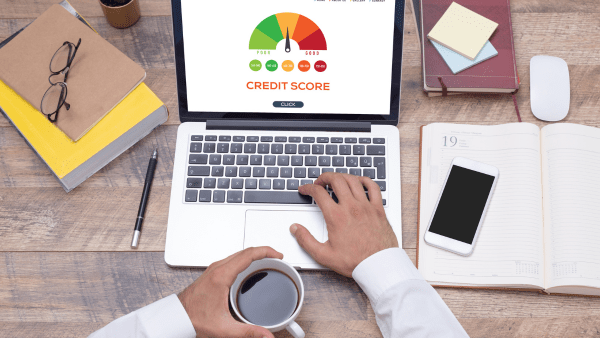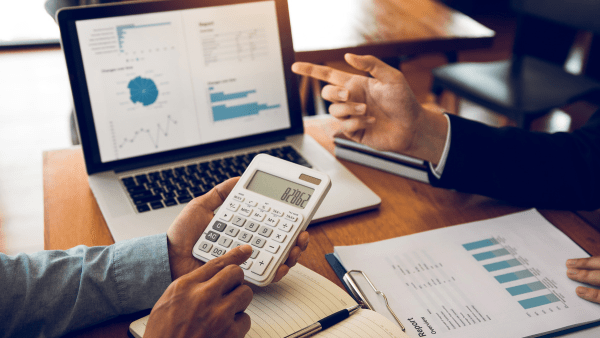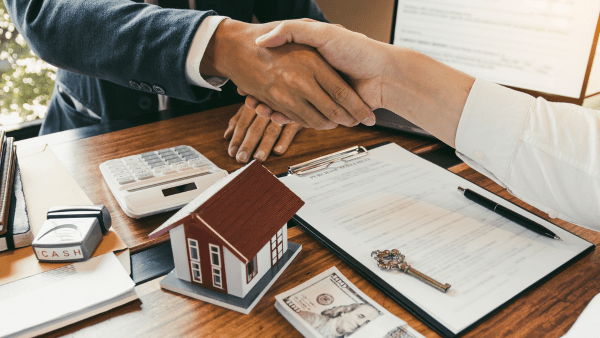While most homebuyers will buy a home with a down payment between 5% and 20%, with a higher percentage often encouraged or required, this isn’t always the case. Buying a home with a low down payment is possible if you know your options and plan strategically. While a smaller down payment can make homeownership more accessible, it’s essential to understand how it affects your mortgage, interest rates, and long-term expenses. Here’s how you can successfully buy a home with minimal upfront costs.
Explore Low Down Payment Loan Programs

Several loan programs allow you to buy a home with as little as 0-3.5% down. FHA loans offer 3.5% down for buyers with a 580+ credit score, while VA and USDA loans provide zero down options for eligible borrowers. Conventional 97 loans require only 3% down, making them another excellent choice.
Save for Your Down Payment
Even with a low down payment, you’ll need savings for closing costs and other fees. Depending on the cost of your home, you can expect to pay at least a few thousand dollars in closing costs. Set up automatic transfers to a high-interest savings account, explore down payment assistance programs, or consider gift funds from family members in order to prepare for these necessary expenses.
Improve Your Credit Score

Your credit score is critical in qualifying for low down payment programs and securing favorable interest rates. Review your credit report for errors, pay down debts to improve your debt-to-income ratio, and avoid opening new lines of credit before applying for a mortgage.
It’s recommended that your debt-to-income ratio be lower than 36%, although a higher percentage will not automatically disqualify you from obtaining a mortgage. However, exceeding this threshold can make it more challenging to secure favorable loan terms, such as lower interest rates, and may limit the amount you’re able to borrow.
Get Pre-Approved for a Mortgage
Getting pre-approved gives you a clear understanding of your budget and strengthens your offer in competitive markets. Gather financial documents, compare lenders to find the best terms, and remember that your pre-approval will depend on your income, credit score, and debts.
Understand the Costs of Low Down Payments

While low down payments reduce upfront costs, they often come with additional expenses. Private mortgage insurance (PMI) or mortgage default insurance, is required for most loans with less than 20% down, and FHA loans also carry a mortgage insurance premium (MIP). Some lenders may charge higher interest rates for smaller down payments.
Stick to a Realistic Budget
When buying with a low down payment, it’s essential to stay within a budget that fits your monthly expenses. To maximize your investment, look for homes that align with your financial goals, require minimal repairs, and offer long-term value.
Leverage First-Time Homebuyer Incentives

Many first-time homebuyer programs offer grants, tax credits, or special loan terms to reduce upfront costs. Research regional incentives, such as the Home Buyers’ Plan (HBP) in Canada or state homebuyer assistance programs in the U.S.
Plan for Long-Term Financial Stability
As your equity grows, consider refinancing to lower your interest rate or eliminate PMI. Make extra payments when possible to build equity faster and create an emergency fund to cover three to six months of living expenses for financial peace of mind.
If you’re ready to start your homebuying journey or need help finding the perfect property that fits your budget, give us a call today! One of the experienced agents at Zoocasa will be more than happy to guide you every step of the way.
The post How to Buy a Home with a Low Down Payment appeared first on Zoocasa Blog.


